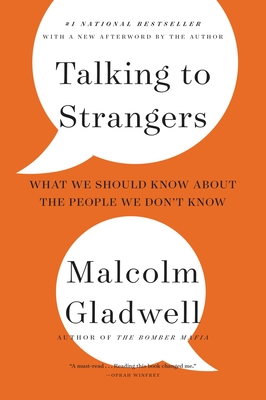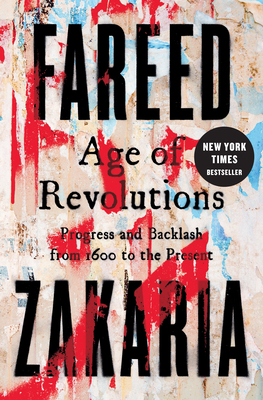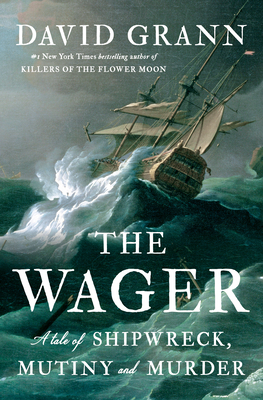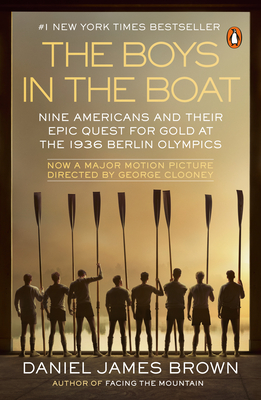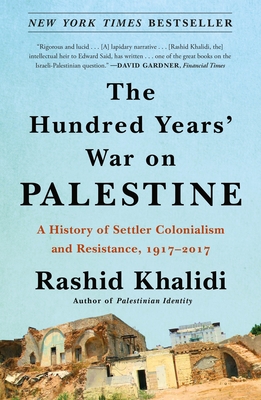
Memoirs of a Soldier about the Days of Tragedy
Description
Memoirs of a Soldier about the Days of Tragedy offers a first-hand account of momentous events in the 20th century: the Armenian Genocide, the first major genocide of the 20th century, and decisive World War I battles, such as the Battle of Sarikamish which was a turning point in the Caucasian Campaign. Sergeant Major Bedros Haroian is born in 1894 in Tadem, a remote village in the interior of the Ottoman Empire, which was the Caliphate and operating under Shari'a Law. The youth of Bedros Haroian prepared him for the life of a warrior. The Armenians were a despised Christian community within the Caliphate, and within one year of Haroian's birth, the Sultan Abdul Hamid will order the Great Massacres that devastate Haroian's family, village, and community. Haroian grows up an orphan in the cold and half-destroyed house of an older brother who takes him in. Haroian is impassioned to realize justice and reprisal for his Armenian community. When conscripted in WW I, he eagerly joins to gain the military skills that Armenians had long been denied under the Caliphate and to become part of an Ottoman Army that, once integrated, might be less easily deployed toward massacres of minorities in the Ottoman Empire. Haroian fights on the front lines, including the brutal Battle of Sarikamish. His observations on Enver Pasha, Minister of War, enhance insights in the disastrous leadership that led to the military debacle at Sarikamish. The humiliating defeat for the Ottoman Army leads to scapegoating of minority populations once again. Haroian finds himself regulated to a labor battalion along with other Armenian conscripts. He soon discovers his duties include burying—at gunpoint—the piles of corpses from the Armenian Genocide. Haroian realizes the Armenian soldiers will be slaughtered next. He escapes to the Underground Railroad of the Dersim Kurds, where he finds safety. He becomes trusted and joins the Kurds in their 1916 Dersim Rebellion. Armenian commanders in the Imperial Russian Army are seeking fighters for their battalions, and Haroian enlists. He travels to Tbilisi and first serves with the Russian Red Cross. The Russian Revolution in 1917 leads to the withdrawal of the Imperial Russian Army from the Caucasian Campaign, making extreme the need for the small band of Armenian units to fight for a homeland. Against staggering odds, the Armenians succeed in founding the First Republic of Armenian on 28 May 1918. Haroian dedicates himself to defending the new republic. He travels to Baku, where he is arrested and tortured. He manages to save his life, returns to Tbilisi, and serves in the British Army in Batum (a Black Sea port). At the end, Bedros Haroian joins the Armenian Legionnaires in the French Foreign Legion to protect the remnant Armenian community in southern Turkey. However, the French strike a lucrative bargain with the new Turkish National Movement under Kemal Ataturk and forcibly deport the Armenian Legionnaires. The Turkish National Movement embarks on finishing the job of liquidating the Armenian race. The survivors must find immediate money to pay huge bribes to officials and travel agents to escape to the United States or any safe haven available. Finally, Haroian's memoirs reveal he developed a condition that had neither a name nor a treatment at the time: Post-Traumatic Stress Disorder. He escapes from Constantinople, but he cannot escape from the deep trauma of the past. His life compels him to write these memoirs, to search for meaning, for as Viktor Frankl, survivor of WW II concentration camps reveals, that is the only search allowing survivors of atrocities to believe in a different future. On 21 September 1991, Armenia regained its independence with the collapse of the Soviet Union. Bedros Haroian died in 1967, 24 years before, never seeing this day but always believing in it.



